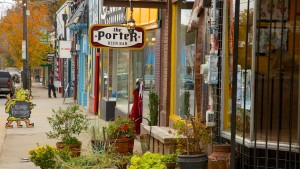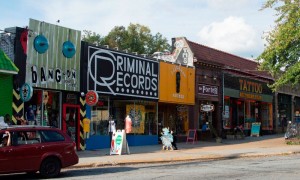
Chernoff, Michael. “Social Displacement in a Renovating Neighborhood’s Commercial District: Atlanta.” The Gentrification debates: A Reader. Japonica Brown-Saracino. New York: Routledge, 2010. 295-303. Print.
This source is about social and physical displacement, specifically in Little Five Points, caused by built environments. Disagreements began between the residential area and the business owners when talk began about altering roads and such in order to let more traffic through. The residential area wanted no part of this, but the business owners were all for it because they saw opportunity to make more money. In this way, the built environment drove these two groups of people apart. Even later on, old merchants and new merchants began having disagreements due to the same change in the built environment that was only desired by some. The dispute on altering the built environment in Little Five points is creating social displacement between the old and the new. This shows how important the built environment is to the people who live in or around it.
I chose this source because it showed how changing the built environment can have such a large impact on people, and it is specific to Little Five Points which is my exterior built environment. The information is somewhat outdated, but even with it being outdated it shows the effect of the built environment on its people. My source one and two are directly related because they are both about the desired alteration to the built environment in Little Five Points.




